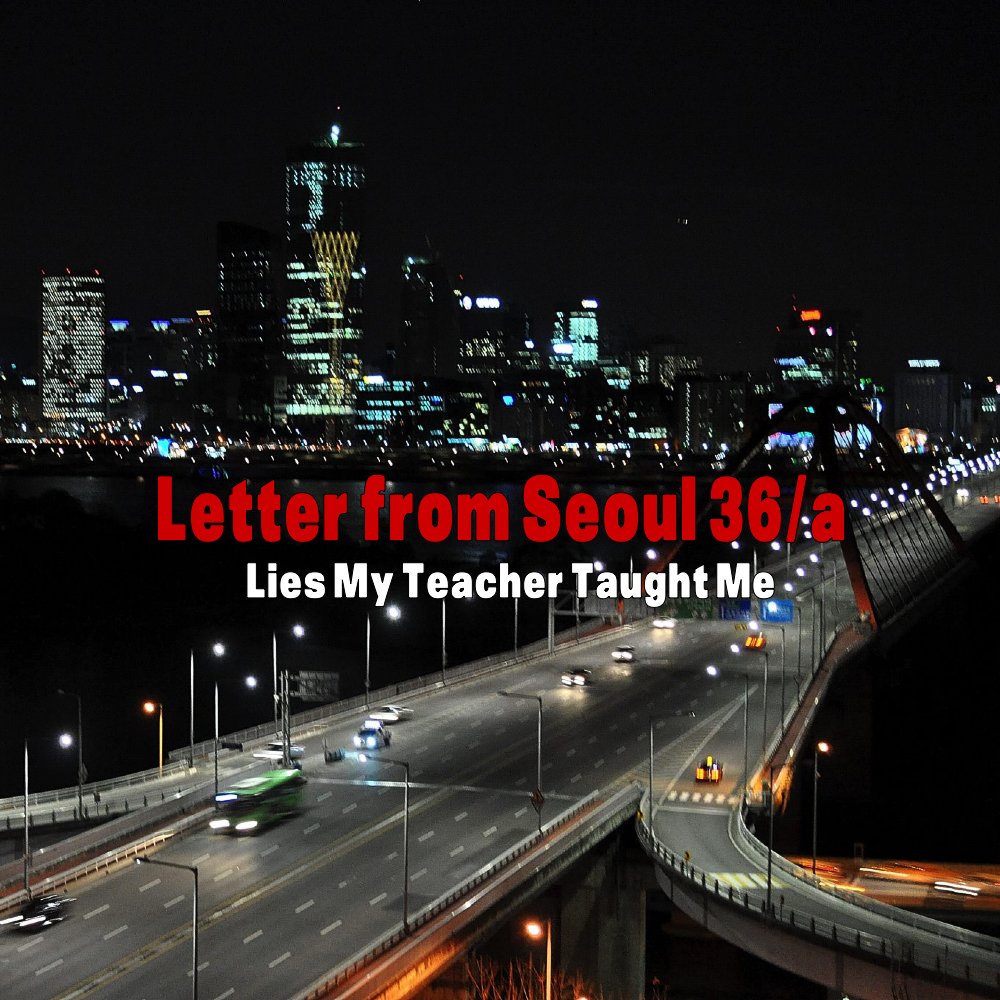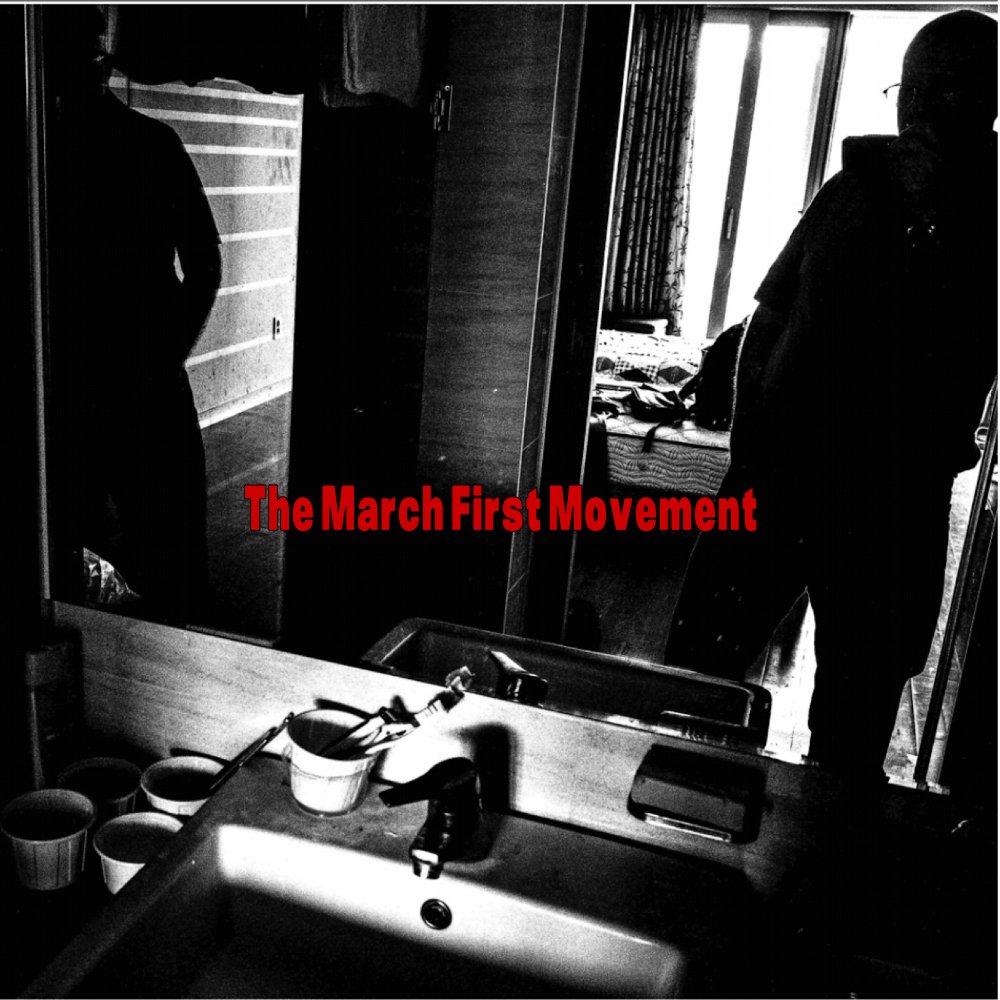Letters from Seoul 36/b
You know those were different times
P:
For a time, I could pretend to follow in the footsteps of the incomparable British travel writer Bruce Chatwin (1940-1989), who did bounce around a lot. He fancied himself a nomad, though the truth is his American wife, Elizabeth, maintained a traditional “home” for them in England while he traveled alone to far flung places like Patagonia.
Chatwin was an indefatigable correspondent, a description which applies to moi more than “nomad.”
The British writer was also bi-sexual at a time when that lifestyle could prove deadly. It has been strongly suggested that Chatwin had a passion for photographer Robert Mapplethorpe. Both men moved in the same social circles and spent time with each other, and they both died of AIDS the same year.
Through it all, Elizabeth Chatwin* accepted her husband without complaint. While I prefer to put myself in reasonably good light, I’m not fooling anyone and know I have my moments of ordinary madness and can be “a character.”
Bruce Chatwin and Elizabeth Chanler
Since both my parents were unreliable role models (either outright abandonment, or a revolving door relationship with mental wards), I’ve had a lifelong habit of testing people: “Are you going to stay, or go?” Under the chapter called Fuck Around and Find Out, this tends to become a self-fulling exercise. To be married to one woman for 35-years is a remarkable feat for me, and now to be with the same woman for nearly the past 15-years is a fine example of Luck of the Irish.
If you see some merit in publishing my correspondence with you, that’s your call. I don’t think anyone reads this material.
American film director Gus Van Sant introduced me to Zinn in Good Will Hunting (1997). This is probably true for many people.
My previous reference to the well-deserved controversy about an American national holiday for Christopher Columbus did not come out of thin air. Living among the Ponca, Kaw, Tonkawa and Otoe-Missouria Native Americans in Oklahoma for 20-years quickly awakened me to their contempt for Columbus as a figure worthy of any honor.
While the clash of Old World and New World cultures was inevitable, with the Fall of Constantinople to the Ottoman Turks in 1453 – a watershed moment in European history, it only took another 40-years for the beginning of the end to thousands of aboriginal cultures in the Western Hemisphere.
With the help of La Malinche (1501-1529), Cortés arrived in Tenochtitlan by late 1519. Despite a lack of guns and horses, the Aztec capital was larger and more sophisticated than either London or Paris.
La Malinche, a Nahua woman – Nahuatl, the language of the Aztecs, which accounts for loan words absorbed by Spanish and then English, like avocado, chocolate, coyote, guacamole, Mexico, and tomato – to name just a few, has an incredible backstory. Her step-father sold her into captivity with the Mayans on the Yucatan Peninsula. There she met a shipwrecked Spanish sailor who taught her his language. Cortés had already landed at present-day Vera Cruz when word reached him about a young Aztec woman who spoke Spanish. He sent for her immediately, and La Malinche first became his guide and translator – and then his mistress. Their son, Martin Cortés, is regarded as the first Mexican.
Zinn’s A People’s History of the United States is indispensable for a fuller understanding of my country.
During World War II, the average lifespan of a bomber pilot was about a dozen missions. Zinn served as a bomber pilot during the war, and survived. His patriotism is beyond question. He more than earned the right to present his version of American history – and he does so without any pretense of objectivity.
The school textbook industry in America is in business to make money, and inconvenient truths are easy to sacrifice in the name of profits.
While I lived in Japan and taught both Advanced Placement U.S. History (a one-year version of the two-year rigor the Baccalaureate curriculum), and regular U.S. History, the Zinn book – as it’s known, was available on-line with his blessing, with study guides and some quiz questions. I downloaded everything. In turn, I posted this material to my account on the school’s website.
Since both military parents and their students are frequently moving about for vacations, family emergencies, sports – an online school website eliminates all those nagging issues of how to keep up with academics.
A lot of stateside AP U.S. History teachers supplemented the assigned school textbook with Zinn ... because his slant is so thought provoking.
Robber Barons like Carnegie (Mr. Carnegie Hall) and Rockefeller (Mr. Rockefeller Center) owned their share of state governors and used the respective militias to slaughter the striking coal miners and steelworkers.
Carnegie was out of the country when the infamous Homestead Strike of 1892 occurred at his steel plant (now U.S. Steel, about to be bought by the Japanese). Yet he ordered his plant manager Henry Clay Frick to halt it “by any means necessary.” In turn, Flick cut their wages. When this did not change anything, he fired all 3,400 men on the spot (shades of Elon Musk).
During the strike, seven workers were killed by agents Frick hired to restore order.
Nixon has blood on his hands for the shooting deaths of four students protesting against the Vietnam War at Kent State University in Ohio on May 4, 1970. Nixon gave the Ohio governor permission to squelch the protest with the National Guard. I graduated high school exactly one month after the Kent State Massacre. Most of us wore black armbands for the ceremony, knowing we faced the same prospects at college.
“Ridin' in a Stutz Bearcat, Jim
You know those were different times
All the poets studied rows of verse
And those ladies, they rolled their eyes.”
- Sweet Jane (1970) Lou Reed
(John Filo/Getty Images)
Mary Ann Vecchio gestures and screams as she kneels by the body of a student, Jeffrey Miller, lying face down on the campus of Kent State University, in Kent, Ohio. On publication, the image was retouched to remove the fencepost above Vecchio's head. It is a historically significant photo of the event and one of the defining images of the Vietnam War. It is a Pulitzer prize-winning photo. There exist multiple, non-trivial mentions of the image in notable, mainstream sources. For example, CNN describes it as a "famous photograph", and NPR describes it as an "iconic photo."
Donna Marina (La Malinche), from "The Mastering of Mexico" by Kate Stephens (1916) – This work is an anonymous portrait of the famous Spanish conqueror Hernán Cortés (C.E.1485-1547)
Tenochtitlan and Lake Texcoco in 1519
Elizabeth Chatwin was born in the U.S.A. She came to London in 1961 to work at Sotheby's, where she met Bruce Chatwin. They married in1965. She now keeps Black Welsh Mountain Sheep.






































